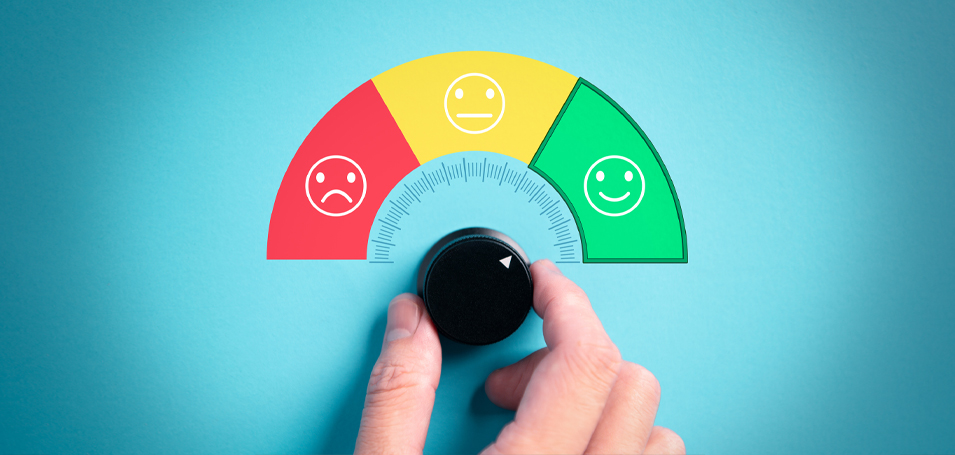As you design your content strategy, remember the person you’re selling to. The modern learner has expectations and requirements that are different from even a few years ago, before ubiquitous access to Wi-Fi, onset of the self-service mindset and a preference for small devices over laptops. As a famous infographic by Josh Bersin puts it, people today are “overwhelmed, distracted and impatient.” In this article I offer three considerations to keep in mind as you plan and develop your online learning products to hook a learner’s attention and keep it.
Modern learners prefer mobile
Whether they’re turning to a smartphone, a tablet or a convertible, they’re looking for learning on the run and in context. Making sure you give users the ability to log in wherever they happen to be, on whatever device they’re using at the moment, and be able to pick up on the learning where they last left off is important. Being able to offer your customers intelligent progression of learning content is essential, even as it’s untethered from time and location.
Modern learners favor a clean, contemporary design
To understand what appeals to users, just look at the human interface guidelines put out by mobile device makers. Right now, for example, the emphasis is on the use of flat design for text, icons and images to make them quickly understandable and “hamburger” menus that stay out of the way when they’re unneeded and otherwise shuttle people quickly where they need to go online. However, tastes change. It’s important to choose a learning content platform that allows you to adapt your content style quickly for the use of design touches that are fresh today. Also important, the display of content should automatically resize appropriately depending on the device the learner is using at the moment.
Modern learners expect to be engaged
They want interactive and engaging experiences while they’re learning, not just stale, long-text content and PDFs. Engaging lessons might include videos, audio lectures, animations, multimedia, slideshows, images and diagrams, excerpts of whitepaper text, articles and book content. This kind of mashup addresses a variety of learning styles and maintains student interest and attention. The use of multiple learning types — flash cards, hot spots, quizzes and matching — help to break up the monotony typically associated with online learning. And smaller, shorter formats help ensure retention even among the most distractible of learners.
Fortunately, the newest generation of training technology allows you to repurpose that content quickly and simply into digital learning objects by dragging and dropping those assets into numerous sequences to create courses. From there, you can add engaging features, such as on-the-fly assessments and social interaction with other learners and with your experts. As with any contemporary content system, when updates need to happen, those can be done in one place and propagated everywhere.




